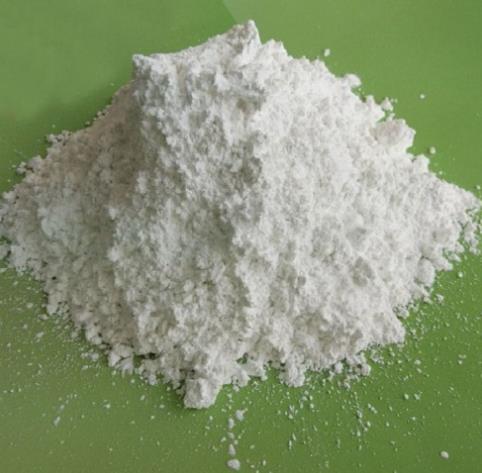Chemicals reagents are commonly referred to as reagent. It is a large class of pure chemical substances with various standard purities and can be used for education, scientific research, analysis and testing as well as the functional materials and raw materials required by some kinds of novel industrial materials. There is a large variety of chemical reagents and the number has reached hundreds of thousands in the world. There are also tens of thousands of reagents that have been used in daily life in china. There is still no uniform international rules in the classification methods for chemicals. It is customary divided by subject and actual application. Take the representative catalog issued by the Germany E • Merck Company as example, there are twelve categories and seventy categories while in most countries, it is divided with the scope of application. We divide the reagents into four categories. 1. General reagents: generally refers to inorganic reagents and organic reagents that can meet standard purity. It is often applied to scientific research, analysis and testing, and synthetic reaction and used as new materials. 2. Analysis Reagents: regent dedicated to analysis and test and can be divided into two subcategories: (1) Reagents for chemical analysis: testing items for the chemical reaction analysis. 1) Baseline Reagent: pure compound directly used for the standard solution in the formulation and volumetric analysis. 2) Indicator: it can be used to indicate the end of the titration reagent and can be classified into pH indicator, redox indicator adsorption indicator, metal indicator, a fluorescent indicator, and so on. (2) Regents for instrument analysis: high-purity compounds dedicated to instrumental analysis. 1) Spectroscopically pure reagents: spectroscopically pure compound, often expressed in the SP for spectral analysis reagents. 2) Chromatography pure reagents: reagents dedicated to analysis of gas chromatography and liquid chrom
Lanthanum(III) Chloride: Unveiling Its Neurotoxic and Antitumor Effects
Lanthanum(III) chloride is a significant catalyst and inhibitor of certain enzymes, can quickly reduce phosphate concentration in tanks.
Apr 15,2025 Chemical Reagents5-Bromonicotinic acid: a nicotinic acid containing bromine
5-Bromonicotinic acid is one of the derivatives of nicotinic acid containing the halogen bromine which has been selected for quantum chemical investigation.
Apr 10,2025 Chemical ReagentsHydrocortisone Acetate: Chemical Properties, Applications, and Storage in Modern Pharmaceuticals
Hydrocortisone acetate, a synthetic derivative of the natural steroid hormone hydrocortisone, is widely used in the pharmaceutical and healthcare industries.
Apr 10,2025 Chemical Reagents2-Ethylhexyl Salicylate: A Key Component in Modern Sunscreen Formulations
2-ethylamyl salicylate is an important chemical product. It is a colorless to yellowish transparent liquid with a slightly fragrant smell.
Apr 8,2025 Chemical ReagentsMethylboronic Acid: Versatile Applications in Agriculture, Electrochemistry, and Organic Synthesis
Methylboronic acid is an important intermediate for the preparation of many boronic acid derivatives such as (S) or (R)-2-methyl-CBS-oxazoborane.
Apr 2,2025 Chemical ReagentsPotassium ferrocyanide trihyrate: Synthesis and Polymorphism
Potassium ferrocyanide trihyrate is a chemical compound with the formula C6H6FeK4N6O3. It is also known as potassium ferricyanide with the formula C6FeK4N6.
Mar 31,2025 Chemical Reagents2,2,6,6-Tetramethyl-3,5-heptanedione: conformational properties and metal chelates
2,2,6,6-Tetramethyl-3,5-heptanedioneis a stable, anhydrous reagent which undergoes O-additions and C-additions.
Mar 26,2025 Chemical Reagents3,3-Dimethylbutyric acid: an intermediate used in chemical synthesis
3,3-dimethylbutyric acid is a dimethylbutyric acid in which both methyl substituents are at C3 and is used as an intermediate.
Mar 26,2025 Chemical ReagentsBetaine Hydrochloride: From Physiological Roles to Safety Evaluations
Betaine hydrochloride is endogenously synthesized through the metabolism of choline or exogenously consumed through dietary intake.
Mar 24,2025 Chemical Reagents3-Nitrophthalic Acid: A Key Compound in Organic Synthesis
3-Nitrophthalic acid can be used as starting reagent in the synthesis of modified 2-iodoxybenzoic acid derivatives.
Mar 21,2025 Chemical Reagents












